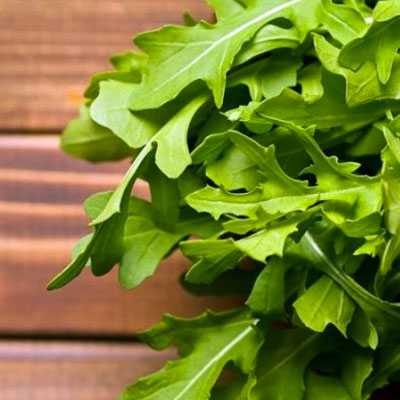Origins of The Parsnip Soup
Parsnip soup, a beloved classic in many cold-weather countries, highlights the humble parsnip, a root vegetable often overshadowed by its more popular cousin, the carrot. Parsnips bring a uniquely sweet and slightly spicy flavor to dishes, particularly when cooked in soups. The creamy parsnip soup recipe is a testament to the versatility of this vegetable, creating a smooth, velvety bowl of comfort that's both satisfying and nourishing. Over the years, this dish has been adapted in various cuisines to include a range of spices and herbs, enhancing the innate sweetness of parsnips.
For a twist on the traditional preparation, the Roasted Parsnip Soup variation involves roasting the parsnips prior to blending them into the soup. This method intensifies the flavors, adding a rich, caramelized depth that pairs beautifully with aromatic spices such as thyme or rosemary. Roasting the vegetables before simmering them in stock is a simple step that can transform a basic soup into a gourmet experience, making it an easy upgrade to the standard creamy parsnip soup.
Adapting the recipe to meet dietary preferences or restrictions is straightforward. For a Vegan Parsnip Soup, substitute the cream with a plant-based alternative like coconut milk or almond cream, and ensure the broth is vegetable-based. This version retains the creamy texture and sweet flavor profile while being entirely plant-based. The simplicity of the Easy Parsnip Soup recipe also makes it a perfect candidate for a healthy meal option. By using ingredients like olive oil instead of butter and opting for low-sodium vegetable broth, the soup becomes a heart-healthy choice without sacrificing taste. Whether you're looking for a comforting meal on a chilly evening or a nutritious dish to serve your family, parsnip soup offers a delightful solution.
What To Serve with Parsnip Soup?
Parsnip soup pairs well with a variety of accompaniments.
Here are our delicious recipes that you can serve with Parsnip Soup:
How To Store Parsnip Soup?
Storing parsnip soup correctly is important to maintain its flavor and freshness, especially if you've made a large batch. Here are some tips on how to properly store your parsnip soup:
Refrigeration:
- Cool Down: Allow the soup to cool to room temperature before storing. Do not leave the soup out for more than two hours to avoid bacterial growth.
- Use Airtight Containers: Transfer the soup into airtight containers. This will help keep out bacteria and prevent the soup from absorbing flavors from other foods in your refrigerator.
- Refrigerate: Store the soup in the refrigerator for up to 3-4 days. Ensure your fridge temperature is set below 40°F (4°C) to safely store the soup.
Freezing:
- Portion Control: Freeze the soup in portion-sized containers or use freezer bags. This makes it easy to thaw only the amount you need at a time.
- Leave Space: When using containers, leave about an inch of space at the top as the soup will expand when frozen.
- Seal Tightly: If using freezer bags, squeeze out as much air as possible before sealing to prevent freezer burn.
- Freeze: You can store the soup in the freezer for up to 2-3 months. Label the containers or bags with the date, so you know how long they’ve been stored.
Thawing and Reheating:
- Thaw Safely: Thaw the soup in the refrigerator overnight if it was frozen. Avoid thawing at room temperature to reduce the risk of bacterial growth.
- Reheat Properly: Reheat the soup on the stove over medium heat until it is hot all through (reach at least 165°F or 74°C). If the soup has separated a bit due to the freezing process, stirring continuously can help re-emulsify it. You can also reheat the soup in the microwave, using a microwave-safe container. Stir at regular intervals to ensure even heating.
Tips:
- Add Freshness: If the soup seems a little thick after reheating, you can thin it with a little water or broth. Adjust seasoning if necessary, as flavors can dull slightly after freezing.
- Safety First: Always taste a small amount after reheating to make sure it has not spoiled, especially if it has been stored for a longer duration.
By following these storage tips, you can extend the life of your parsnip soup while keeping it tasty and safe to eat.












































